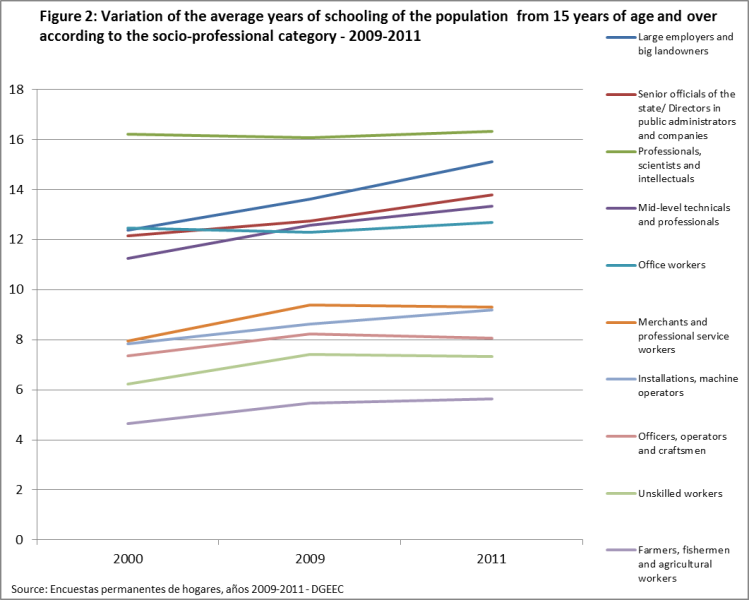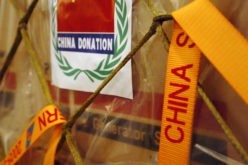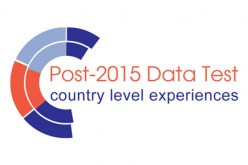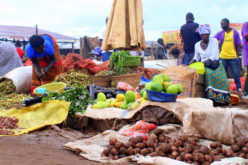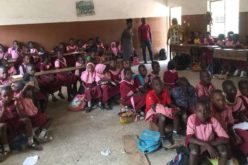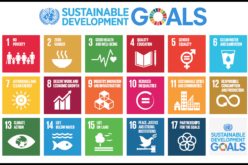The challenge of inequity in education: the case of a programme to support free education in Paraguay
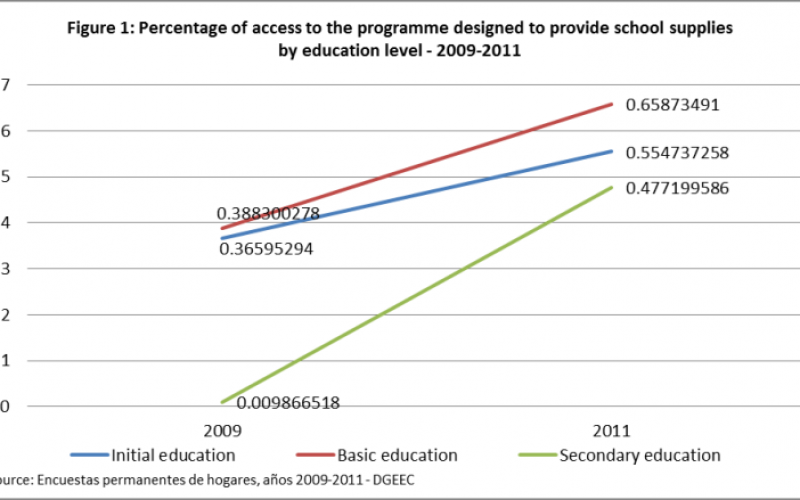
This post was written by Luis Ortiz, researcher at CADEP in Paraguay, a member of the Southern Voice network. This post is based on his research “Policies for an inclusive education in Paraguay and the limits of gratuity programmes to reduce inequality” part of the first ILAIPP conference.
As it has been commented before, inequity is one of the major concerns in Latin America as it cuts across different aspects of people’s life. One of the most obvious cases where inequity is observed is in education. In Paraguay, as in other countries of the area, a wide coverage of the education system exists for the lower levels but it becomes less inclusive at the superior levels. This reality is due to the persistent inequity in society as well as the institutional weakness of public policies to promote educational inclusion.
In the study on Paraguay we analyzed the public policies that tried to provide incentive for access and permanency of the most disadvantage social sectors in the educational system. More specifically, were analyzed social programmes that support access to education through conditional transfers and programmes supporting free education through nutritional supplements and the provision of school supplies. Our hypothesis is that the Paraguayan State implemented policies of educational inclusion that did not consider the existing social inequity while designing the associated social programmes. Taking into account this experience, the prevailing inequity should be considered at the start of any social inclusion policy.
Programmes to support education
Programmes to support free education in Paraguay are located within educational public policies with compensatory character. They were conceived to promote access and motivate permanency in the educational system at the secondary education level for students from disadvantaged social backgrounds enrolled in public education institutions through the provision of goods and inputs.
The programme that provides school supplies increased its coverage from 37% of students enrolled in 2009 to 55% in 2011. In primary and middle school coverage increased from 39% in 2009 to 66% in 2011. Finally, in high school its coverage increased from only 1% in 2009 to 48% en 2011, showing that this was a priority for the government.
Preliminary evidence suggests an increase in the enrolled at different levels of education when one compares the levels of enrollment before and after the implementation of the programme. For instance, schooling in secondary education increased from 45% to 48.9% between 2009 and 2011, together with the expansion of the goods and inputs associated with the programme designed to provide school supplies. The increase of the provision of school supplies was significant, which is why it is necessary to analyze if the average increase in school enrolment is related to access to the goods that this programme provides to ensure free education.
It emerges that this support programme had a positive impact in increasing school attendance but a moderate impact in supporting as a matter of priority the students coming from lower social classes.
Public policies and educational inequity
To understand how these public policies have impacted inequity, it is important to look beyond the average. The national average years of schooling experienced a slow evolution between 2000 and 2011, increasing from seven to nine years during this period. Nevertheless, this average hides important differences between people of different occupational groups. It can be observed that on average, the years of education of the disadvantaged socio-occupational groups (for example unskilled workers) increased during the last decade. However, differences with privileged groups were also more accentuated. This means that privileged groups benefited from the main advantages of the “massification” of the educational system.
Figure 2 shows how the structure of social opportunities is maintained. In the educational system, members of categories of major scholar assets such as professionals, academics and intellectuals maintained high study levels. On the other hand, the average of years of education of the members of social classes with major economic capital, such as owners of companies and big landowners, experienced a significant growth too, followed by senior officials and managers of companies. As far as middle-classes are concerned, such as administrative employees and workers in personal services sector and merchants, a strong difference of years of schooling in favor of the first category can be observed. Certainly, the average enrolment decreases when going down the social classes’ hierarchy, especially concerning agricultural workers categories. In spite of the general increase in the years of schooling, differences persist between disadvantaged and privileged social classes.
The educational performance between the different social classes reveals a dual trend. On one hand, an increase in the access to education can be observed for the social categories that were kept away from the latter, especially for the ones whose economic activities and lifestyle was related to rurality. But, on the other hand, the tendency shows an accumulation of educational capital by higher social classes, generating a reproduction of the educational distances between social classes and the displacement of those distances to higher levels of the education system.
The Paraguayan education is still marked by inequalities accentuated in different dimensions of the system. Despite the expansion of the mandatory character of the education and of certain programs to support gratuitousness, the coverage of the education system still doesn’t commensurate with the investment realized all over the process of educational reform. Notwithstanding the association between the provision of goods and inputs associated with the programme designed to provide scholars supplies and the school retention, and, judging from the results in the increase of years of schooling, the effort of the State was not followed by the reduction of educational inequity.
What does it mean for the post-2015 agenda?
A few lessons that can be learned from this case for the post-2015 agenda are:
1. Educational inequity, if not properly attended, is later translated into social exclusion, for it can be hard to find a good job.
2. Social inequalities should be taken into consideration from the very beginning of any programme that promotes inclusion. If not, there is a risk for those programmes to reproduce the same inequitable structures.
3. In situation of inequality, public policies focusing on equity should concentrate their attention not only on the offer but also on the demand. This way, the use of public resources could be more efficient.
2,202 total views, 1 views today



